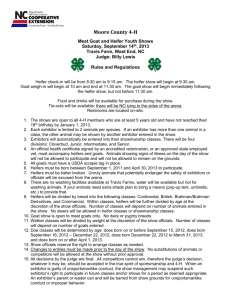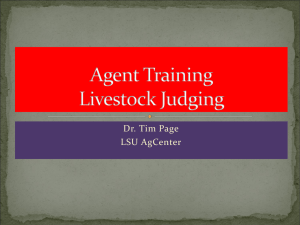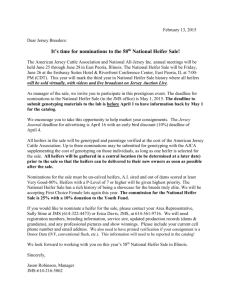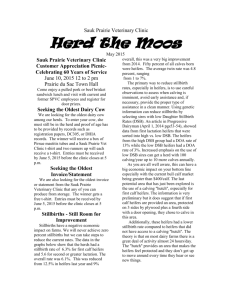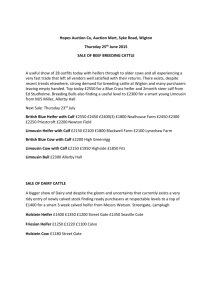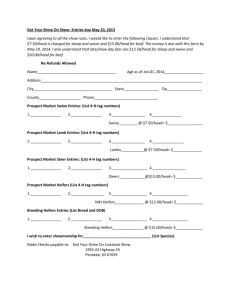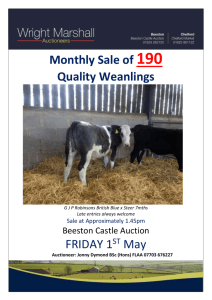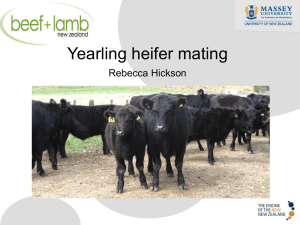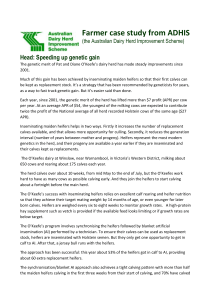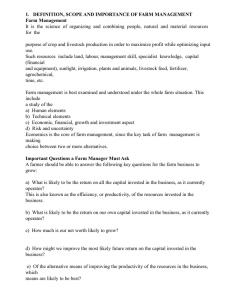About us - Amazon Web Services
advertisement
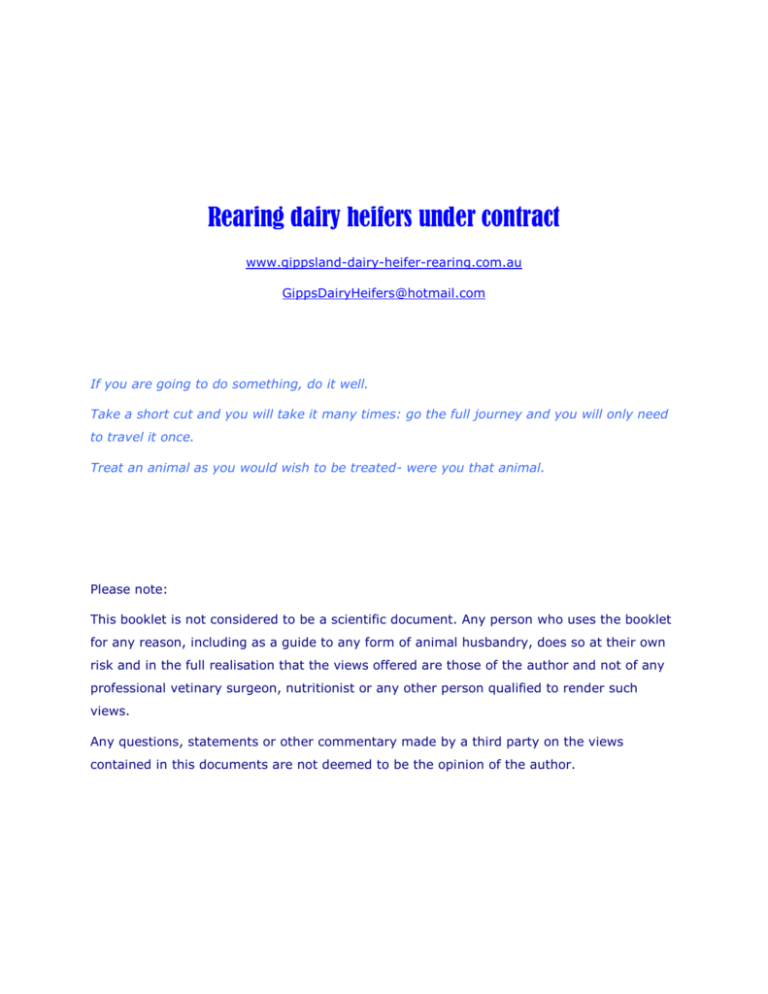
Rearing dairy heifers under contract www.gippsland-dairy-heifer-rearing.com.au GippsDairyHeifers@hotmail.com If you are going to do something, do it well. Take a short cut and you will take it many times: go the full journey and you will only need to travel it once. Treat an animal as you would wish to be treated- were you that animal. Please note: This booklet is not considered to be a scientific document. Any person who uses the booklet for any reason, including as a guide to any form of animal husbandry, does so at their own risk and in the full realisation that the views offered are those of the author and not of any professional vetinary surgeon, nutritionist or any other person qualified to render such views. Any questions, statements or other commentary made by a third party on the views contained in this documents are not deemed to be the opinion of the author. About us The farm is situated in the South Gippsland hills (the Strzelecki Ranges) between Warragul and Leongatha. The terrain is sloping to hilly, grey soil country and is bounded by roads on three sides. Up until 1996, the property operated as part of a dairy farm, then subsequently was leased out to both dairy and beef farmers. Heifer rearing began largely by accident when farmers in drought affected areas were seeking farms to run their young stock on and went from there. In the past five years the farm has focussed on rearing dairy heifers and concentrates on producing a point of calving animal, well grown, healthy and quiet. The Annual Cycle The calves normally arrive in June or July and usually are the backload for the grown heifers being sent home to calve. Most of the heifers come from the same farms each year and, when there is considerable distance involved, it makes sense to keep the trucks loaded both ways. For the first few weeks they are ad lib fed and observed to ensure they have not been injured in the journey to the farm. Joining usually starts in October, although the heifers that are being joined through artificial insemination are run through the insemination set up for at least two weeks before joining, to get them accustomed to going into the bails. The insemination set up is 4 cow bails adapted to smaller animals. The local Genetics Australia outlet provides the inseminators and the owner pays for the service. Once the heifers have been inseminated, they go out with a mop up bull. Each bull has a small herd to himself and at least one bull is always resting. The heifers are rotated around the farm usually on a monthly rotation. Wherever possible, heifers from one farm are kept separate from heifers from another farm, particularly when there are considerable variation in size and maturity between herds. Since the farm usually runs no more than three herds, it is usual practice to keep the herds apart. Owners are encouraged to visit the farm whenever they wish. It ensures that they are satisfied with the cattle’s progress, can discuss matters face to face and get a good idea of the normal farm operation. It also means that the rearing program can receive feedback on past herds, in particular how they are performing in the vat. Inclusions and exclusions The features of the heifer rearing program include: 1. all health related interventions including a. drenching b. mineral supplements c. treatment against flies and pinkeye treatment for affected animals 2. regular monitoring and grazing rotation to obtain the optimal growth rate for heifers 3. supplementary feeding in the form of grass hay and/or cereal hay 4. provision of bulls for joining, that are: a. either in their first year of service or b. only used over heifers on the farm, and c. inoculated against vibriosis 5. heat detectors 6. vetinary attention for illness or disease except where a. the heifer is infertile or is suspected of being infertile b. pregnancy testing c. where the owner wants a specialist procedure for one or more of the heifers The heifer rearing program does not pay for 1. semen purchase or artificial insemination charges levied by Genetics Australia 2. transport costs 3. insurance for the heifers, or 4. cattle deaths
